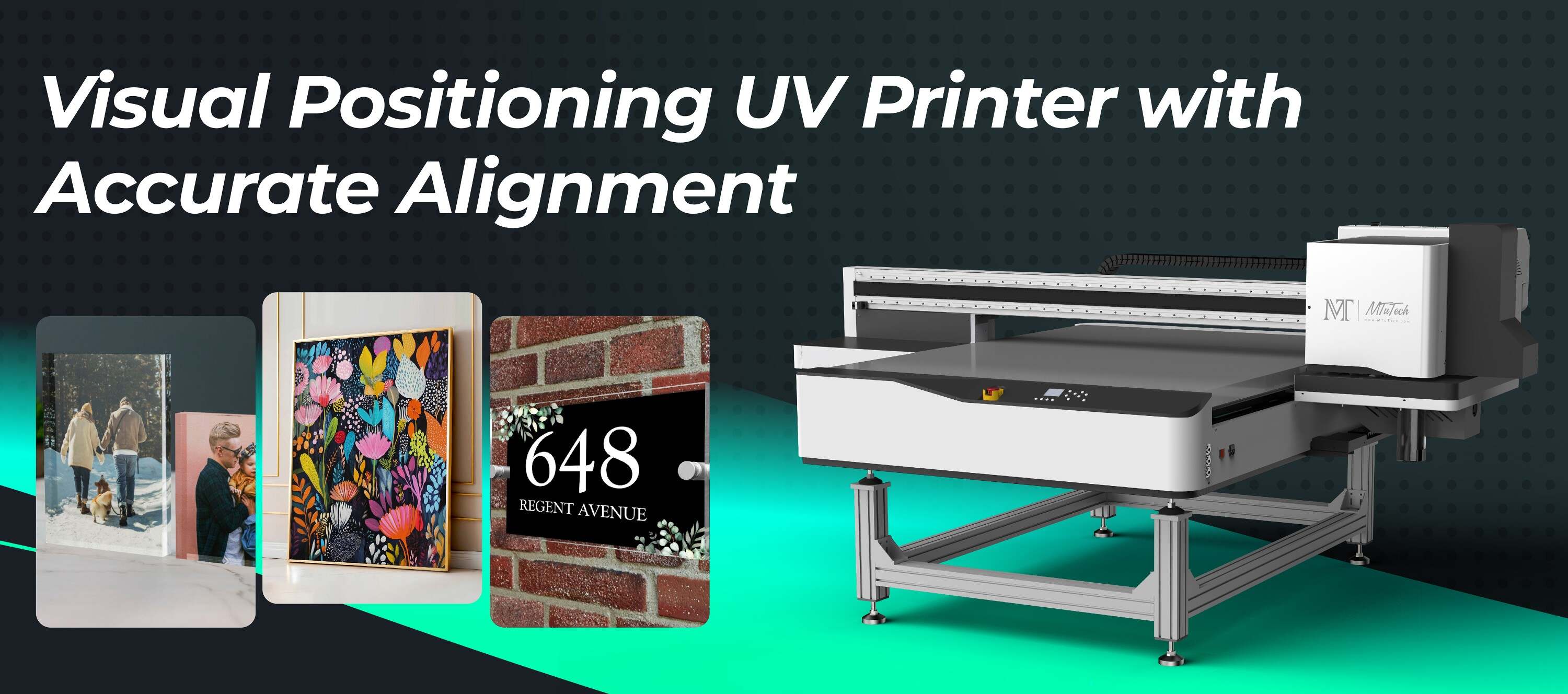How to Minimize Drift in Visual Positioning Systems
Introduction
Visual Positioning Systems (VPS) have become increasingly vital in various industries, ranging from manufacturing to logistics and even robotics. They provide accurate positioning by using visual inputs to interpret the environment. However, a common challenge faced in VPS is "drift," which refers to the gradual loss of alignment over time. Drift can adversely affect the accuracy of position tracking, leading to inefficiencies and increased operational costs. In this blog post, we'll delve into strategies to minimize drift in visual positioning systems, ensuring better precision and reliability in operations.
Understanding Visual Positioning Systems
Before diving into solutions, it's crucial to understand the components and functionalities of VPS. These systems typically utilize:
·
Cameras: To capture visual data from the environment.
·
·
Software algorithms: To process the images and determine positional data.
·
·
Reference markers: Such as QR codes or fiducial markers that aid in defining specific positions.
·
Despite their advantages, drift can occur due to various reasons like lighting conditions, camera quality, and software limitations. Understanding these factors is vital to developing effective mitigation strategies.
Common Causes of Drift
Identifying the root causes of drift is the first step in mitigating the issue. Here are some common factors that contribute to drift in Visual Positioning Systems:
·
Environmental Variability: Changes in lighting, shadows, or background can confuse the visual algorithms. For example, moving from a well-lit area to a dimly lit one can distort the camera’s ability to capture accurate images.
·
·
Low-Quality Cameras: Poor camera resolution can lead to a lack of detail in captured images, which the software relies on for positioning. An inadequate camera can misinterpret landmarks or patterns, leading to drift.
·
·
Software Algorithm Limitations: The algorithms may not be sophisticated enough to recognize and adapt to changes in the environment, leading to inaccuracies over time.
·
·
Reference Marker Quality: If the markers used for positioning are not adequately placed, damaged, or too small, they can lead to drift.
·
Strategies to Minimize Drift
Now that we understand the causes of drift, let's explore effective strategies to minimize it and enhance the performance of Visual Positioning Systems.
1. Optimize Environmental Conditions
One of the simplest ways to reduce drift is to optimize the environment in which the VPS operates. Here’s how:
·
Consistent Lighting: Ensure that the lighting conditions remain constant. Utilizing diffused lights can help reduce shadows and make the visual input more consistent.
·
·
Control Backgrounds: A cluttered or highly dynamic background can confuse the VPS. Consider using plain backgrounds during operation to improve recognition accuracy.
·
2. Invest in High-Quality Cameras
The quality of your camera plays a significant role in the effectiveness of the VPS. Consider upgrading to high-resolution cameras that can accurately capture detailed images. This will empower your algorithms to process data with higher specificity, minimizing drift.
3. Improve Software Algorithms
Ensure that you are using the latest and most sophisticated software algorithms. Regular updates and maintenance can enhance recognition abilities. Investing in advanced machine learning techniques can help the system learn to adapt to environmental changes more effectively.
4. Enhance Marker Quality
The accuracy of positional data heavily relies on the visibility and quality of reference markers. Here are some tips:
·
Use High-Contrast Markers: Implement markers that stand out against the background to ensure they are easily detected by the cameras.
·
·
Regularly Inspect Markers: Ensure markers are in good condition, free from damage, dirt, or wear that could impair the system’s ability to recognize them.
·
·
Increase Marker Size: Larger markers can be easier for cameras to recognize across distances.
·
5. Implement Sensor Fusion Techniques
Utilizing sensor fusion techniques, which combine data from multiple sensors, can significantly enhance accuracy. By integrating data from GPS, inertial measurement units (IMUs), and visual input, the overall system can achieve a more precise and stable positioning.
6. Calibration and Testing
Regular calibration of your Visual Positioning System is essential to maintain accuracy. Establish a routine testing protocol to assess the system's performance under different conditions. This practice ensures early identification of drift and allows for timely corrections.
Real-World Applications of VPS
The effectiveness of mitigating drift in Visual Positioning Systems can be showcased in various industries:
·
Manufacturing: VPS allows for high-precision assembly lines, reducing errors and optimizing efficiency.
·
·
Logistics: In warehouse settings, VPS can improve inventory and stock management by providing precise location tracking of items.
·
·
Autonomous Vehicles: VPS can help enhance the navigation systems in self-driving cars by ensuring that they understand their surroundings accurately.
·
Conclusion
Minimizing drift in Visual Positioning Systems is crucial for maintaining accuracy and efficiency across various applications. By understanding the common causes of drift and implementing the strategies mentioned, you can enhance the reliability of your VPS. From optimizing environmental conditions to investing in high-quality cameras and advanced algorithms, every step counts in achieving precision. For businesses looking to adopt VPS technology, explore our high-quality Visual Positioning uv printers here to ensure optimal performance.
FAQ
What is drift in Visual Positioning Systems?
Drift refers to the gradual loss of accuracy in positional data over time, often due to environmental changes or system limitations.
How can I tell if my VPS is experiencing drift?
Signs of drift can include inconsistencies between expected positions and actual readings, difficulty in recognizing markers, or increasing errors over time in positioning tasks.
How often should I calibrate my Visual Positioning System?
Calibration frequency varies depending on usage, but a good practice is to calibrate before major operations or periodically (e.g., weekly or monthly) to ensure accuracy.
Can lighting affect VPS performance?
Yes, lighting significantly impacts VPS performance. Inconsistent lighting can create shadows or visual distortions that confuse the system, leading to drift.
Why is sensor fusion important for VPS?
Sensor fusion combines data from multiple sources, enhancing the system's ability to maintain accuracy and reliability by compensating for weaknesses present in a single sensor type.

